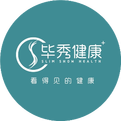 Recently, the topic of blood nourishment has been trending, especially for women. However, it is not only women who are affected; anemia is also an important signal of many diseases. So, besides pale skin and fatigue, what other symptoms are associated with anemia? How can one determine if they are anemic? Can anemia be effectively treated?
Recently, the topic of blood nourishment has been trending, especially for women. However, it is not only women who are affected; anemia is also an important signal of many diseases. So, besides pale skin and fatigue, what other symptoms are associated with anemia? How can one determine if they are anemic? Can anemia be effectively treated?
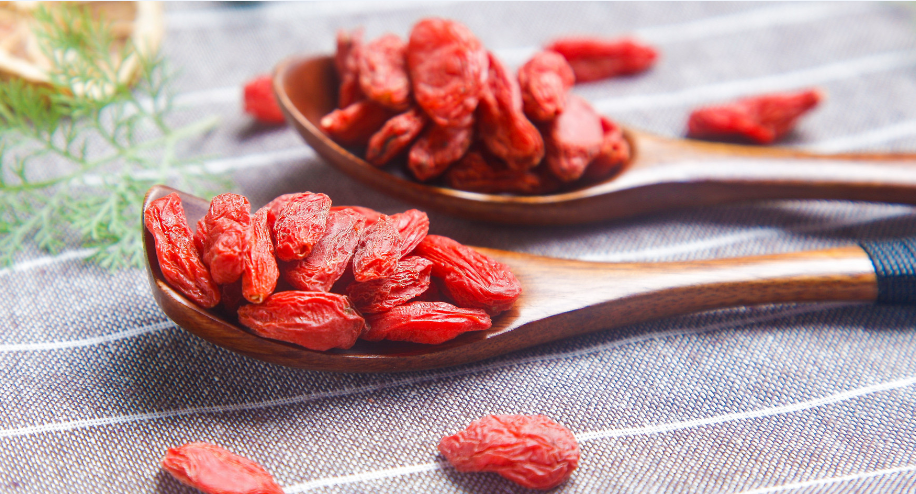
What is Anemia?
Anemia is merely a symptom, which can be caused by poor hematopoiesis, excessive destruction of red blood cells, or blood loss. Although anemia is not a specific disease, it is an important signal of many diseases and may indicate significant health risks.
What are the Symptoms of Anemia?
Common symptoms include: · Pale skin and mucous membranes, including the conjunctiva of the face, lips, tongue, and nail beds; · Fatigue, weakness, and lethargy; · Dry skin and brittle hair. More severe symptoms include: Central nervous system: headaches, dizziness, tinnitus, drowsiness, memory loss, and difficulty concentrating; Circulatory system: palpitations, shortness of breath, increased heart rate after activity, and in severe cases, heart enlargement and heart failure; Digestive system: decreased appetite, indigestion, nausea, abdominal distension, and glossitis; Urinary and reproductive system: mild proteinuria, increased nocturia, menstrual irregularities, and changes in sexual function.

What Causes Anemia?
Cause 1: It may be due to dysfunction of hematopoietic cells, such as aplastic anemia or congenital erythropoietic disorders; it can also be due to issues with the hematopoietic environment, such as insufficient erythropoietin caused by renal insufficiency, liver disease, or hypothyroidism; or it may be due to a lack of hematopoietic materials, such as iron, vitamins, and proteins.Cause 2: There are two situations: excessive loss and excessive destruction. Excessive loss is seen in various causes of hemorrhagic anemia, such as hemophilia, trauma, and gastrointestinal ulcers. Excessive destruction is common in hemolytic anemia due to various causes, such as favism and thalassemia.
8 Foods to Supplement Qi and Blood
1. Red Dates (Hong Zao) Red dates have the effects of nourishing blood and qi, calming the mind, and promoting blood circulation. You can soak an appropriate amount of red dates in water or boil them to drink daily.
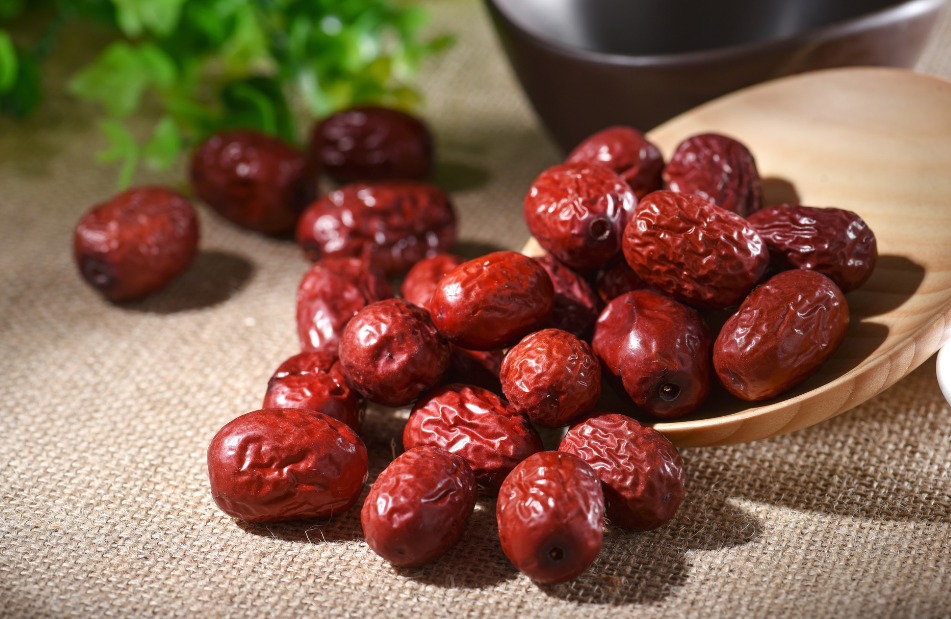
2. Mulberries (Sang Shen) Mulberries have the effects of nourishing yin, supplementing blood, and generating fluids. In daily life, you can choose to eat fresh mulberries or dried mulberries directly.
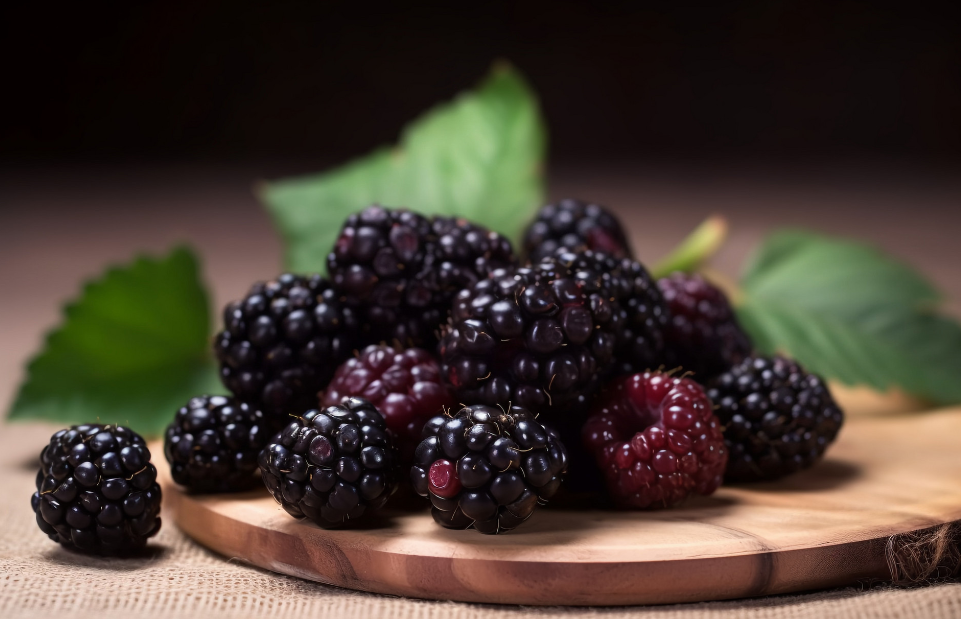
3. Pig Liver (Zhu Gan) Pig liver is known for its ability to nourish the liver, improve vision, nourish blood, and replenish blood. From the perspective of TCM dietary therapy, pig liver can replenish the liver, which is an important organ for blood storage in the body. Therefore, pig liver can serve to nourish the liver and store blood. It can be consumed boiled, stir-fried, or in hot pot.
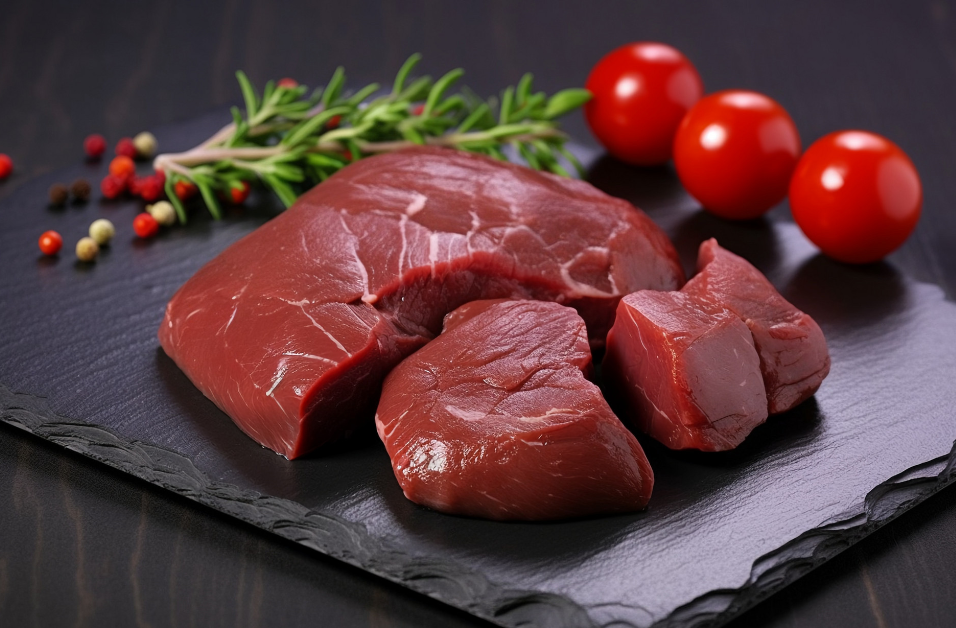
4. Black Sesame (Hei Zhi Ma) TCM states: the kidneys store essence, which produces marrow, and marrow transforms into blood. Therefore, the root of blood lies in the kidneys. Sesame enters the liver, kidneys, lungs, and spleen meridians, and has the effects of nourishing blood, improving vision, promoting lactation, and benefiting the liver and hair. Consuming sesame can promote the kidney’s ability to produce blood, the liver’s ability to store blood, and the spleen’s ability to regulate blood.
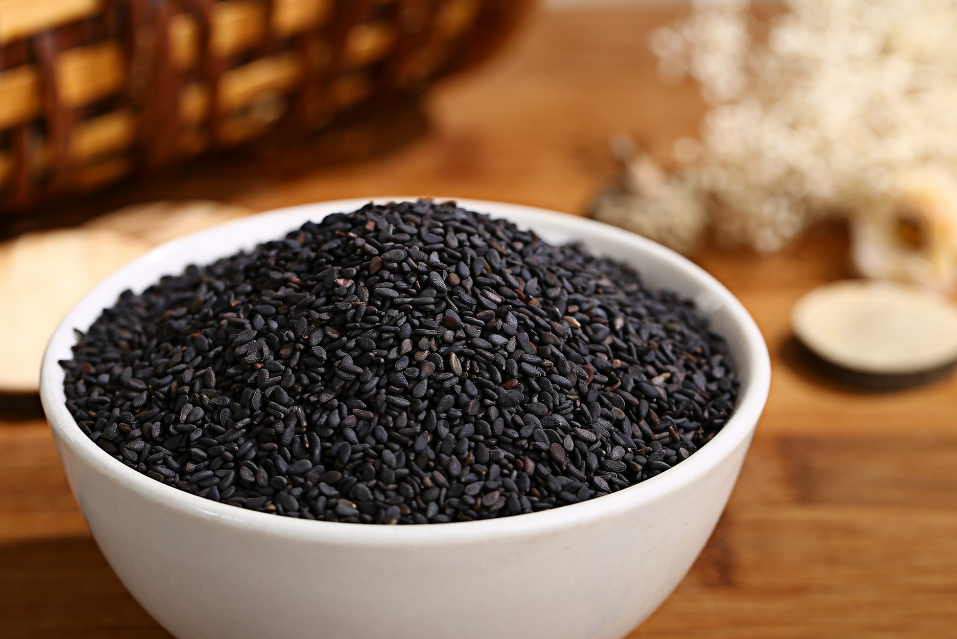
5. Carrots (Hu Luo Bo) Carrots enter the spleen and stomach meridians and the lung meridian, making them excellent foods for nourishing blood and improving kidney deficiency. They nourish blood, benefit the liver, strengthen the spleen, and especially improve vision problems caused by liver blood deficiency.
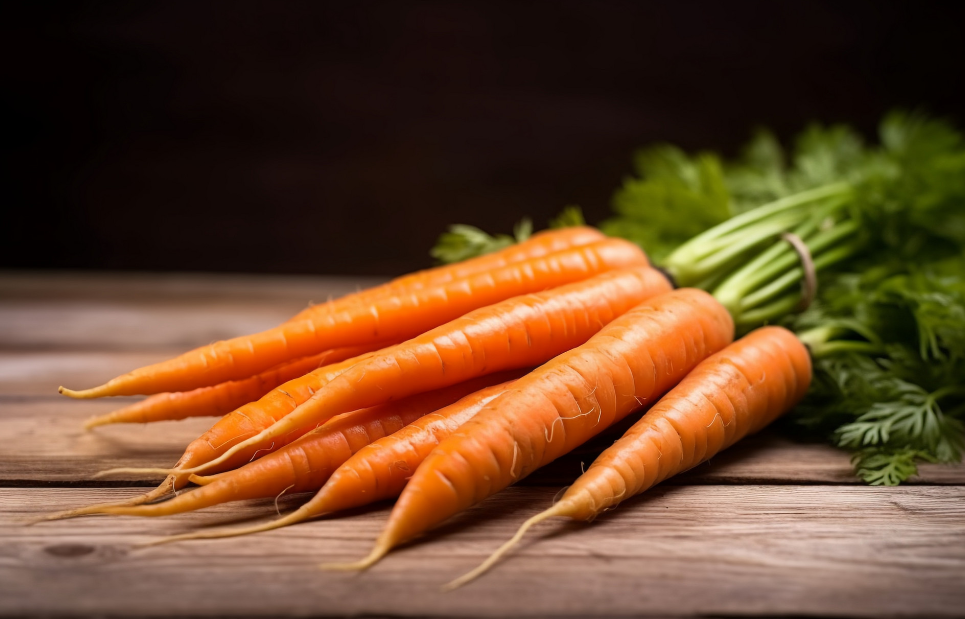
6. Brown Sugar (Hong Tang) Brown sugar has the effects of benefiting qi and nourishing blood, strengthening the spleen and warming the stomach, alleviating pain, and promoting blood circulation. Brown sugar is warm in nature, suitable for those who are cold and have a weak constitution. It is not recommended for those with gastritis or gastric ulcers and for diabetics.
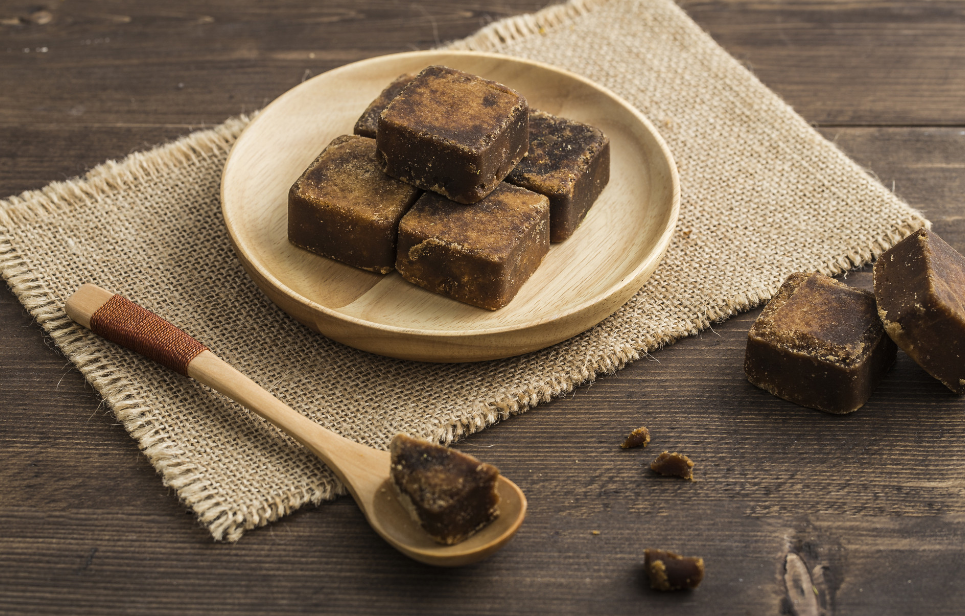
7. Black Fungus (Hei Mu Er) TCM believes that black fungus is sweet and neutral, with the effects of clearing the lungs, moistening the intestines, nourishing yin, supplementing blood, promoting blood circulation, improving vision, and benefiting the stomach. It can be used to treat symptoms such as hemorrhoids, blood dysentery, and anemia.
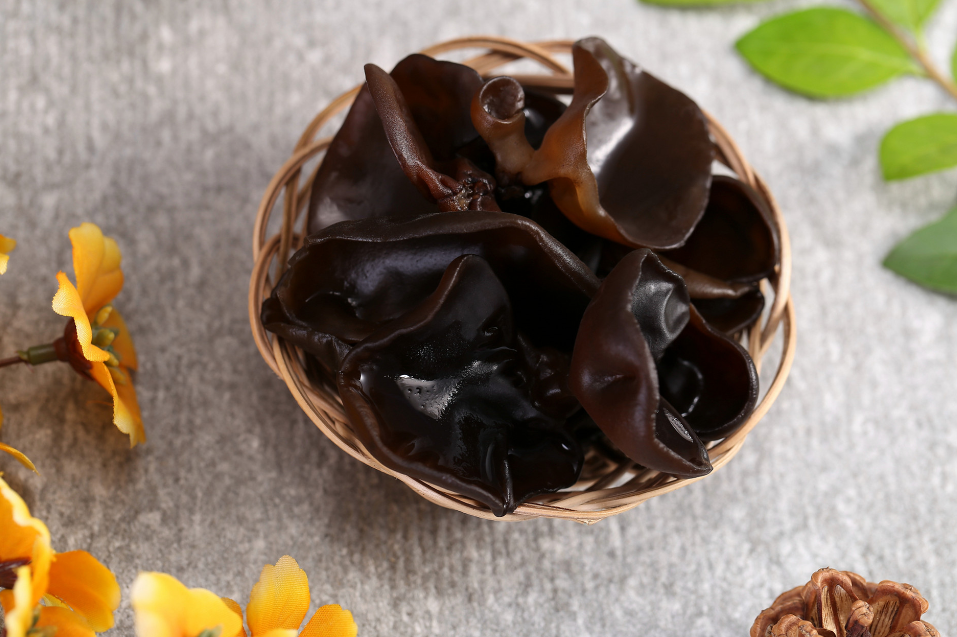
8. Beef (Niu Rou) TCM considers beef to enter the spleen and stomach meridians, with the effects of nourishing the spleen and stomach, benefiting qi and blood, and strengthening the muscles and bones. It is mainly used to improve symptoms of spleen and stomach deficiency, insufficient qi and blood, fatigue, and soreness in the lower back and knees. Ensuring a balanced diet and avoiding allergies while consuming more beef can promote blood nourishment.
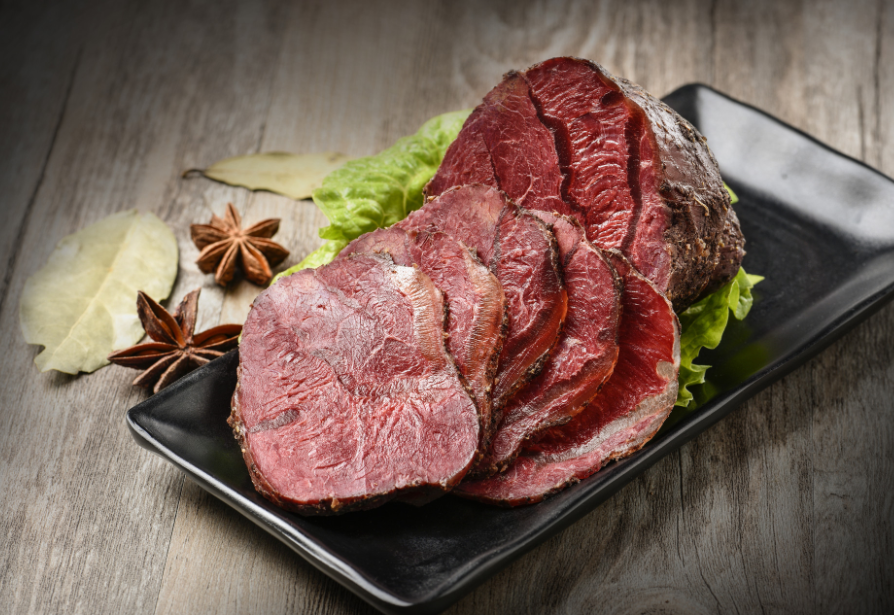
Dietary Principles for Iron Deficiency Anemia
1. Supplement with iron-rich foods, such as kelp, nori, black fungus, shiitake mushrooms, legumes and their products, various meats, poultry, and animal liver and kidneys. 2. Use iron cookware, which is beneficial for preventing and correcting iron deficiency anemia. 3. Ensure adequate protein intake, especially high-quality proteins, such as eggs and lean meats. 4. Avoid drinking strong tea, as phosphates and tannins in tea can bind with iron to form insoluble complexes, significantly reducing iron absorption. 5. Supplement with foods rich in vitamin C, such as fresh vegetables and fruits, or under the guidance of a doctor, take appropriate vitamin C supplements to promote iron absorption. 6. Supplementing with iron-fortified foods is also a viable option.


